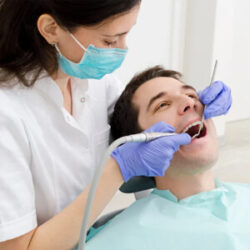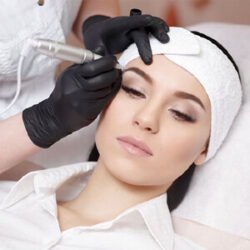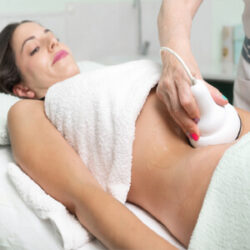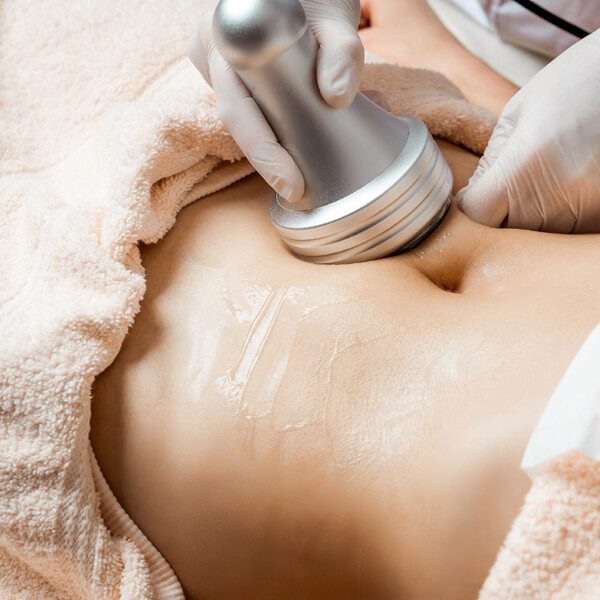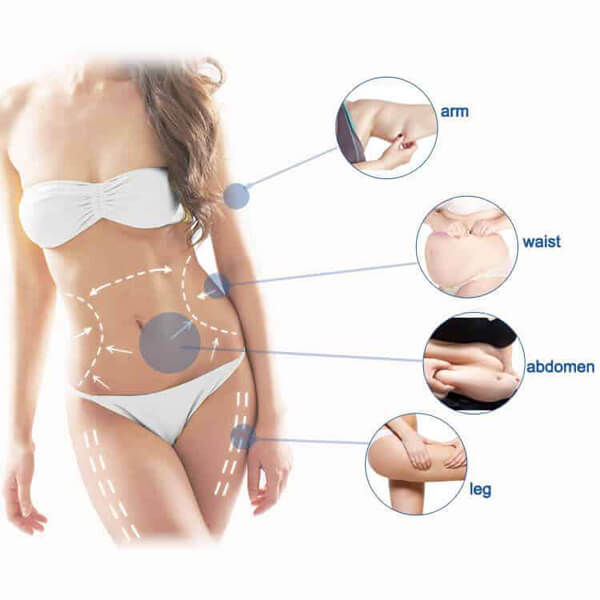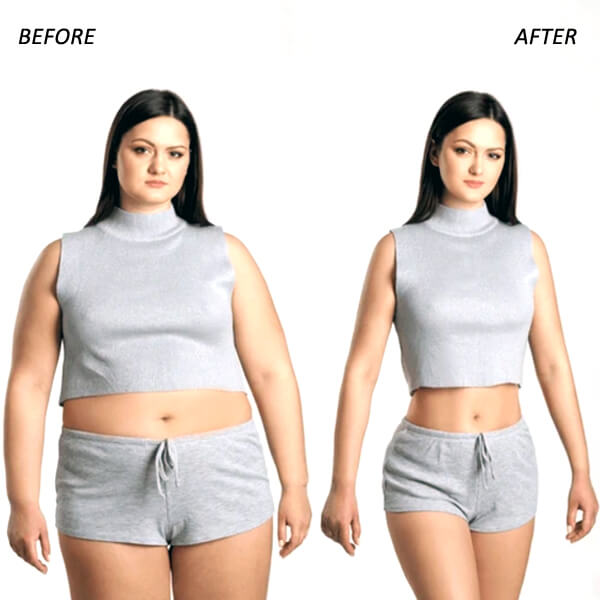1. **What is Liposonic, and how does it work?**
– **Description:** Liposonic is a non-invasive body contouring treatment that uses high-intensity focused ultrasound (HIFU) technology. The focused ultrasound energy targets and destroys fat cells beneath the skin, leading to a reduction in localized fat deposits.
2. **Is Liposonic a weight-loss treatment?**
– **Answer:** No, Liposonic is not a weight-loss treatment. It is designed for body contouring and is most effective for individuals who are close to their target weight but have specific areas of stubborn fat.
3. **What areas of the body can be treated with Liposonic?**
– **Answer:** Liposonic treatments are commonly used on areas with localized fat deposits, such as the abdomen, flanks (love handles), thighs, and buttocks.
4. **How long does a Liposonic treatment session take?**
– **Answer:** The duration of a Liposonic session can vary, but it is often a relatively quick procedure, typically taking around one hour per treatment session.
5. **How many sessions are typically needed for noticeable results?**
– **Answer:** The number of sessions required can vary based on factors such as the individual’s response to the treatment, the targeted area, and the specific technology used. Some individuals may see results after a single session, while others may require multiple sessions for optimal results.
6. **Is Liposonic painful?**
– **Answer:** Liposonic is generally well-tolerated, and many patients report minimal discomfort during the procedure. Some may experience sensations of warmth or tingling as the ultrasound energy is applied.
7. **Is there any downtime after a Liposonic treatment?**
– **Answer:** One of the advantages of Liposonic treatments is that they are non-invasive, and there is typically little to no downtime. Patients can generally resume their normal activities immediately after the procedure.
8. **When will I see results, and are the results permanent?**
– **Answer:** Results from Liposonic treatments are typically gradual, with visible improvements becoming more apparent over several weeks to months. The destroyed fat cells are naturally eliminated by the body. To maintain results, it’s essential to maintain a healthy lifestyle.
9. **Are there any side effects or risks associated with Liposonic?**
– **Answer:** While Liposonic treatments are generally considered safe, some individuals may experience mild side effects such as redness or temporary discomfort. Serious complications are rare but should be discussed with a qualified healthcare professional.
10. **Who is a suitable candidate for Liposonic treatments?**
– **Answer:** Suitable candidates for Liposonic treatments are typically individuals who are close to their ideal weight but have localized areas of stubborn fat that are resistant to diet and exercise.
11. **Can Liposonic be combined with other cosmetic procedures?**
– **Answer:** Depending on individual goals and circumstances, Liposonic treatments may be combined with other cosmetic procedures. However, this should be discussed with a qualified practitioner.

